In the world of architecture, the harmony between form and function shapes the spaces we inhabit. Every building tells a story through its design, revealing the delicate balance between aesthetics and practicality. As we explore this dynamic relationship, we discover how thoughtful architecture can enhance our daily lives while also reflecting cultural values.
Understanding the interplay of form and function helps us appreciate the ingenuity behind iconic structures. From soaring skyscrapers to cozy homes, each design choice impacts not only the visual appeal but also the usability of a space. Join us as we delve into the principles that guide architects in creating environments that are both beautiful and functional, ultimately enriching our experiences in the built environment.
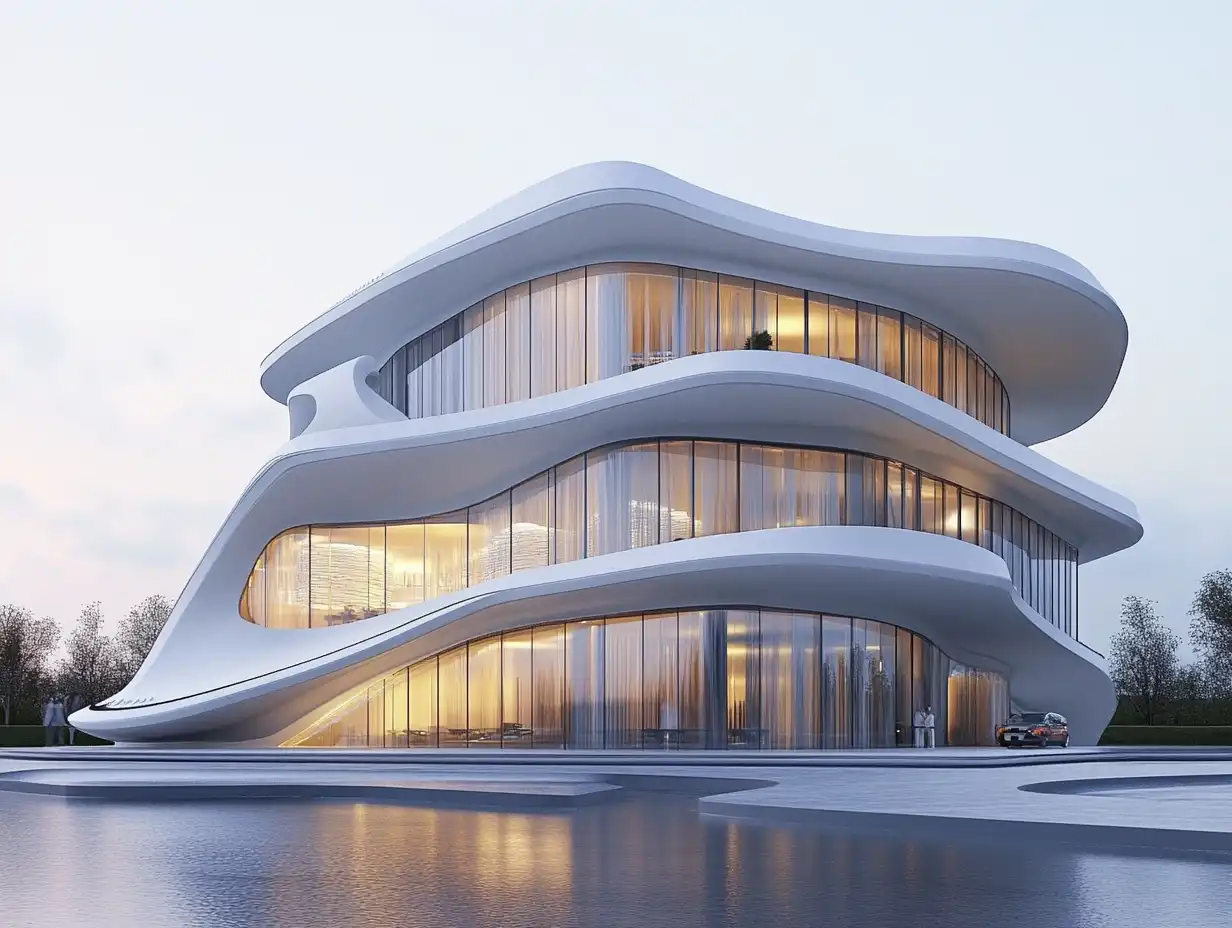
Understanding Form and Function in Architecture
Form and function are fundamental concepts in architecture, directly influencing design choices. Their interplay shapes our experiences within built environments.

Definition of Form
Form refers to the shape, structure, and aesthetic qualities of a building. It encompasses the visual aspects that create the first impression, including lines, colors, materials, and overall geometry. Architects manipulate form to evoke emotions and convey messages. For example, the curvilinear form of the Guggenheim Museum in New York reflects fluidity and movement, demonstrating how form can enhance visual appeal and intrigue.
Definition of Function
Function relates to the intended purpose and usability of a building. It dictates how spaces accommodate activities and serve occupants’ needs. A well-designed structure prioritizes function, ensuring efficiency and comfort. We see this in the design of schools, which require spaces for classrooms, laboratories, and recreational areas. The layout must facilitate interaction, learning, and safety, showcasing how function drives architectural decisions.
Historical Context of Form and Function
Understanding the historical context of form and function in architecture reveals how design philosophy has evolved over time, impacting our built environment. Various movements and influential architects shaped our approach to architectural design.
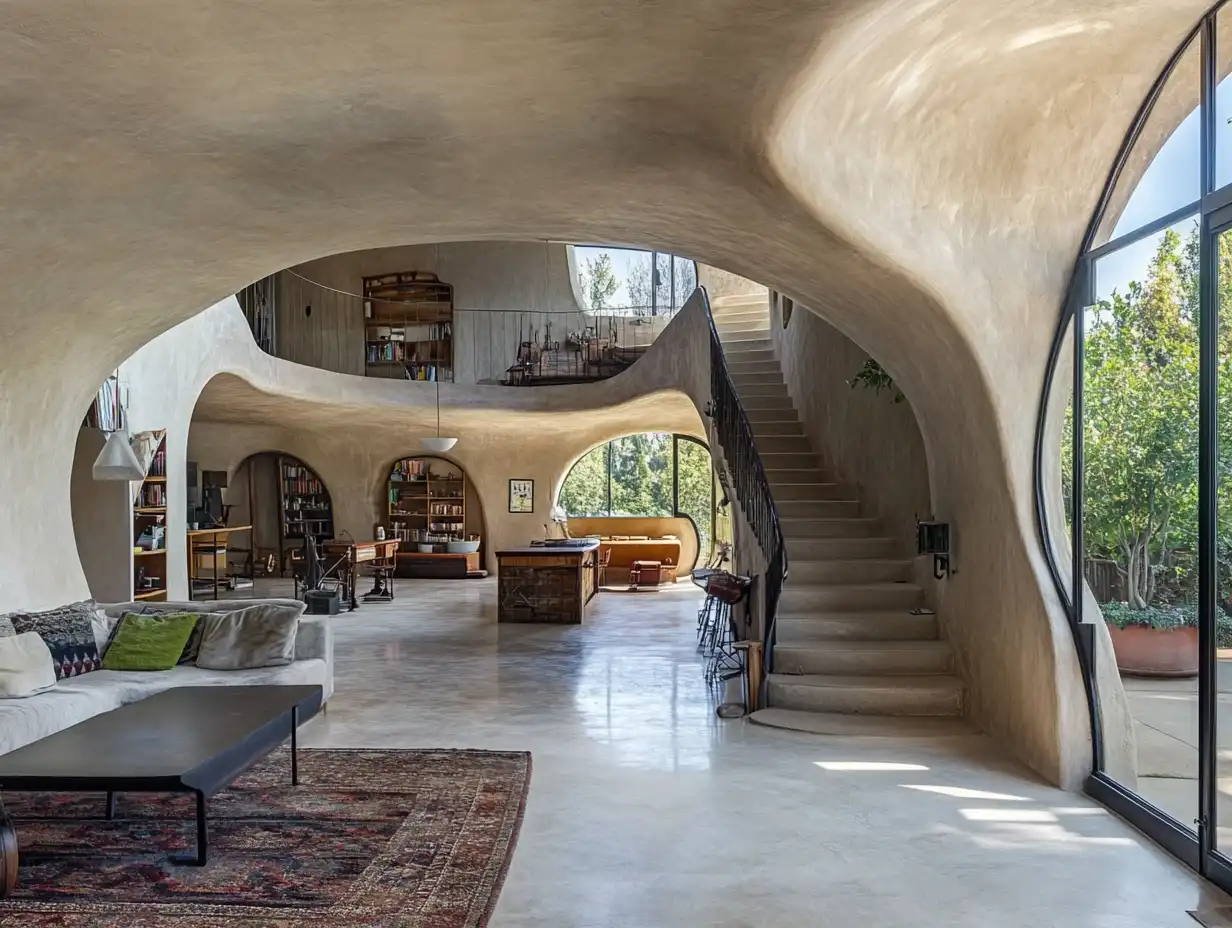
Key Architectural Movements
- Classical Architecture: Focused on symmetry and proportion, classical architecture emphasized the relationship between form and function. Structures like the Parthenon featured columns and pediments that served both decorative and structural purposes.
- Gothic Architecture: This movement introduced innovations such as flying buttresses and pointed arches. Gothic cathedrals, with their verticality and intricate detailing, combined aesthetic grandeur with functional elements like enhanced light through stained glass.
- Modernism: Early 20th-century modernist architects prioritized function over ornamentation. The Bauhaus movement exemplified this philosophy, creating spaces that were efficient and devoid of superfluous details, reflecting a belief that design should respond to contemporary needs.
- Postmodernism: In contrast to modernism, postmodern architecture embraced eclecticism and historical references. Buildings like the Portland Building reintroduced ornamental features, merging form and function in playful ways, responding to cultural narratives.
- Sustainable Architecture: Recent trends focus on environmental considerations, marrying form and function through green building practices. Architects now design structures like the Bullitt Center to maximize energy efficiency while maintaining aesthetic appeal and usability.
Notable Architects and Their Contributions
- Frank Lloyd Wright: Wright’s philosophy of organic architecture emphasized harmony between buildings and their environments. Structures like Fallingwater exemplify this integration of form and function, enhancing both aesthetic beauty and natural context.
- Le Corbusier: A pioneer of modernism, Le Corbusier believed architecture should facilitate modern life. His projects, such as Villa Savoye, illustrate functional spatial layouts and open floor plans, prioritizing inhabitant movement and experience.
- Zaha Hadid: Known for her dynamic forms, Hadid often blurred the lines between form and function. Her designs, like the Heydar Aliyev Center, push the boundaries of architectural expression while accommodating various public uses.
- Tadao Ando: Ando’s work focuses on simplicity and materiality. His designs often reflect the interplay of natural light and concrete forms, as seen in the Church of the Light, creating spaces that foster contemplation while serving their functions.
- Bjarke Ingels: Ingels champions innovative and sustainable design. His projects, like the 8 House in Copenhagen, meld residential functionality with distinct architectural forms, enhancing community and lifestyle while prioritizing ecological considerations.
The Relationship Between Form and Function
Understanding the relationship between form and function is crucial in architecture, as this balance shapes our built environment and directly influences our daily experiences.
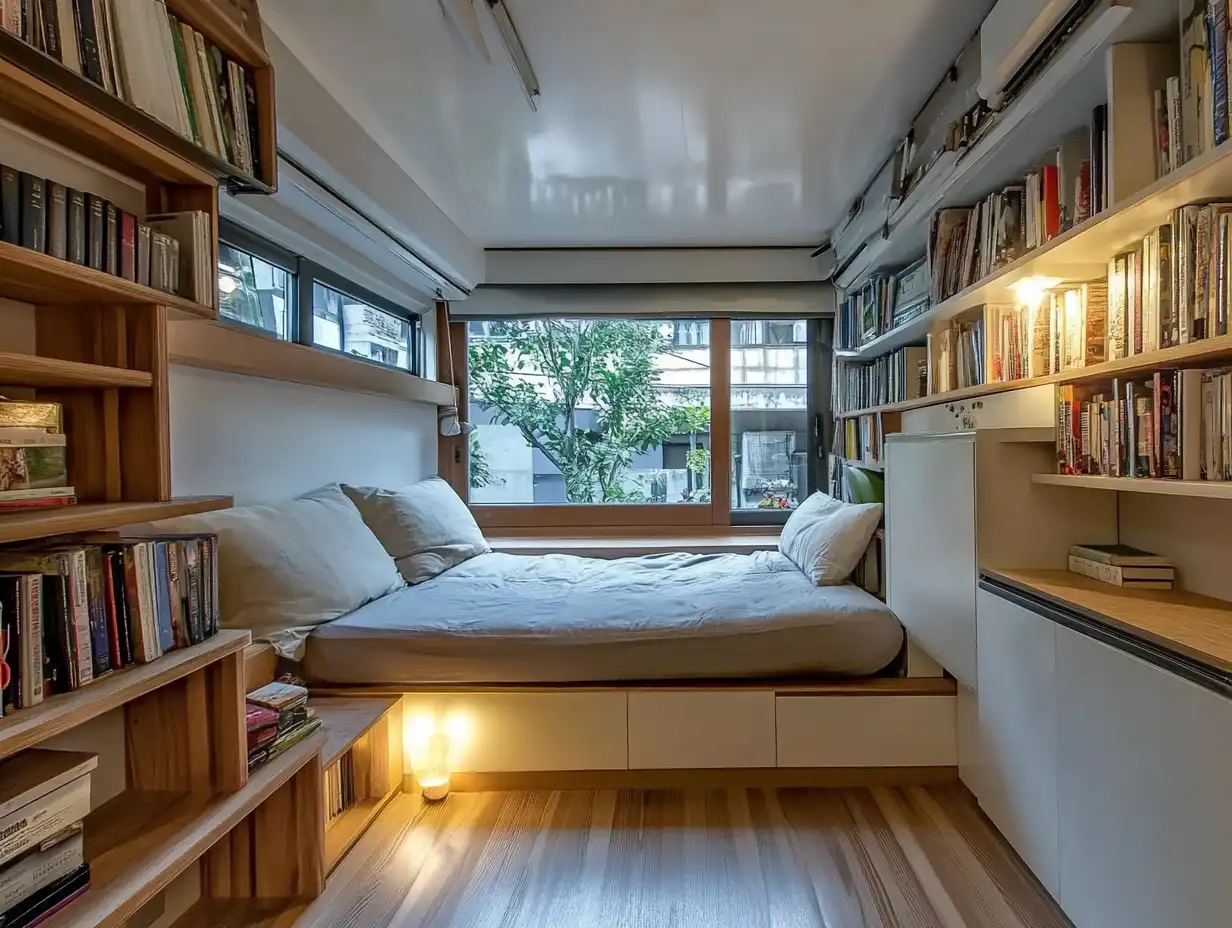
The Importance of Balance
Balancing form and function ensures that architectural designs are visually appealing while serving their intended purpose. This balance enhances usability, allowing occupants to navigate and engage with spaces effectively. For example, a well-designed residential home integrates aesthetic elements, such as large windows for natural light, with functional aspects, like efficient room layouts that facilitate family interactions. Architects prioritize this equilibrium, acknowledging that an overemphasis on form can result in impractical spaces, whereas focusing solely on function can lead to uninspired designs.
Case Studies in Successful Integration
Numerous architectural examples exhibit the successful integration of form and function.These case studies demonstrate how architects can harmonize aesthetic form with functionality, resulting in structures that resonate with users while fulfilling their roles. Each project reflects the architects’ thoughtful consideration of context, culture, and user experience, showcasing the profound impact of balancing form and function in architecture.
Modern Interpretations of Form and Function
Modern architecture continues to innovate, redefining the interplay of form and function in our built environment. Architects leverage technological advancements and shift cultural values, creating designs that are both visually striking and highly functional.
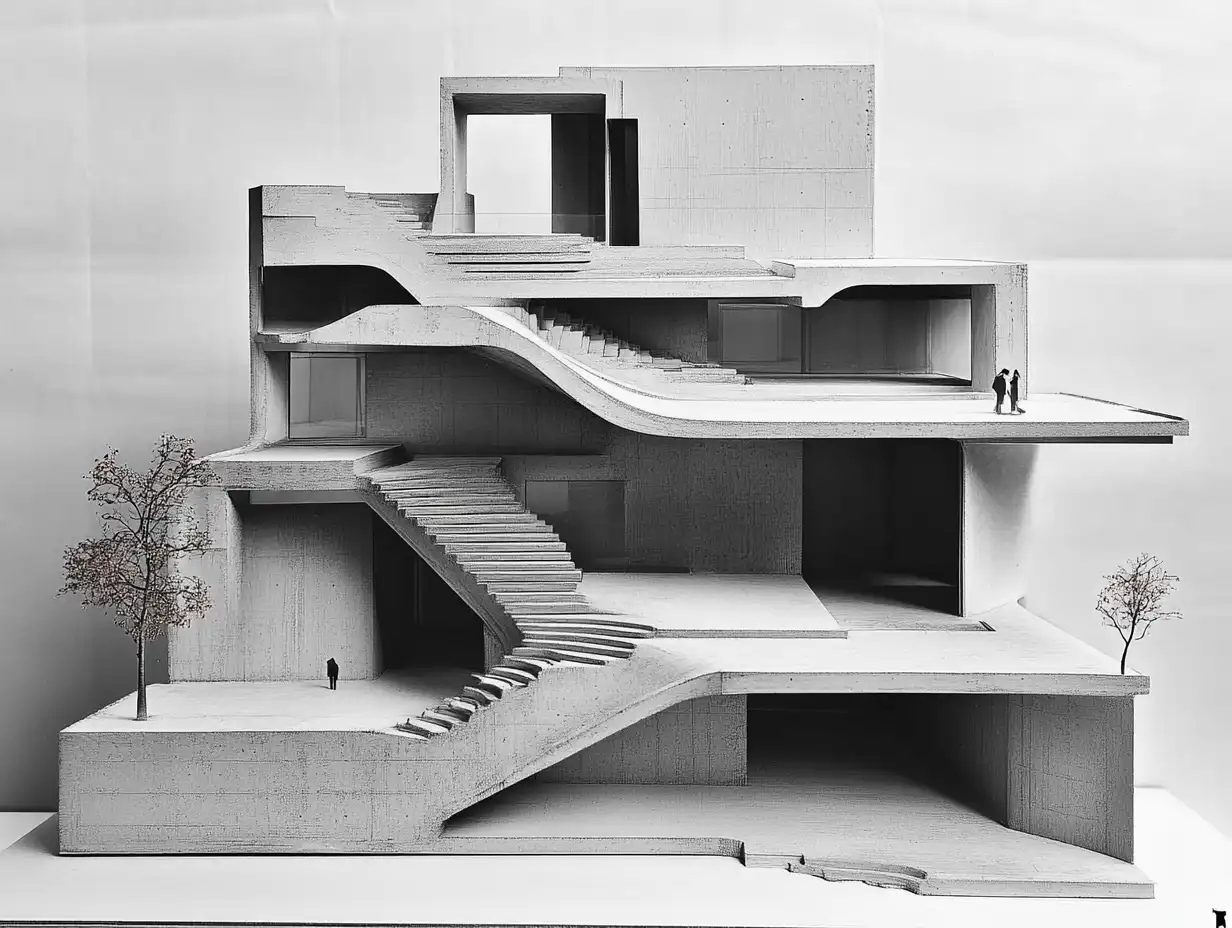
Innovations in Design
Innovations in design emphasize the integration of advanced materials and construction techniques. Architects utilize parametric design software, enabling them to create complex forms that adapt to environmental factors. These forms often enhance the building’s aesthetic while improving structural efficiency. For example, the Eden Project in the UK showcases geodesic domes that blend organic shapes with functional greenhouse structures. The design not only captivates visually but also fosters biodiversity.
Additionally, modular construction techniques offer flexibility in design and scalability. With prefabricated components, architects can achieve unique forms while reducing construction waste. This efficiency in both form and function leads to quicker project timelines and reduced costs. The Apple Park in California exemplifies how an innovative approach to design can create a harmonious and functional working environment where employees thrive.
Sustainable Architecture Practices
Sustainable architecture practices prioritize environmental responsibility while embodying the principles of form and function. By incorporating renewable energy sources, such as solar panels and wind turbines, architects enhance both the ecological and aesthetic aspects of their designs. The Bosco Verticale in Milan demonstrates this concept through its vertical forests, which improve air quality while offering a unique visual element.
Moreover, climate-responsive design plays a critical role in contemporary architecture. Buildings are intentionally oriented and shaped to harness natural light, reduce energy consumption, and improve occupant comfort. The Bullitt Center in Seattle, often referred to as the greenest commercial building, exemplifies how sustainable practices can fulfill functional requirements while contributing to ecological goals.
These modern interpretations of form and function illustrate a progressive architectural landscape, where designs reflect both innovative practices and a commitment to sustainability.
Conclusion
Exploring form and function reveals their crucial role in architecture. We understand that these principles not only guide the creation of buildings, but also shape our experiences within them. The aesthetic qualities of form, paired with the practical aspects of function, create environments that resonate with users and enhance daily life.
Architectural history demonstrates this evolving relationship, showing how different movements and influential figures sought to balance these elements. As we examine the contributions of architects like Frank Lloyd Wright and Zaha Hadid, we see that their designs reflect a meticulous integration of beauty and usability that speaks to cultural and environmental sensitivities.
In contemporary practice, technological advancements continue to redefine how form and function interact. Innovations, such as parametric design software, empower architects to craft complex shapes that fulfill diverse needs. Our commitment to sustainability further illustrates this trend, as demonstrated in projects that marry ecological responsibility with functional design.
The architecture of the future hinges on maintaining this delicate balance. By staying attuned to both aesthetic and practical requirements, we enhance the way we engage with our built environment, ultimately enriching our collective experience.
- aesthetic architecture
- architectural balance
- architectural form
- architecture and usability
- architecture design
- architecture form versus function
- architecture usability principles
- balance in architectural design
- contemporary architecture design
- creative architectural solutions
- design and function
- design efficiency architecture
- design usability
- form and function architecture
- functional architecture
- functional design principles
- innovative design in architecture
- modern architectural design
- practical architectural design
- usability in architecture












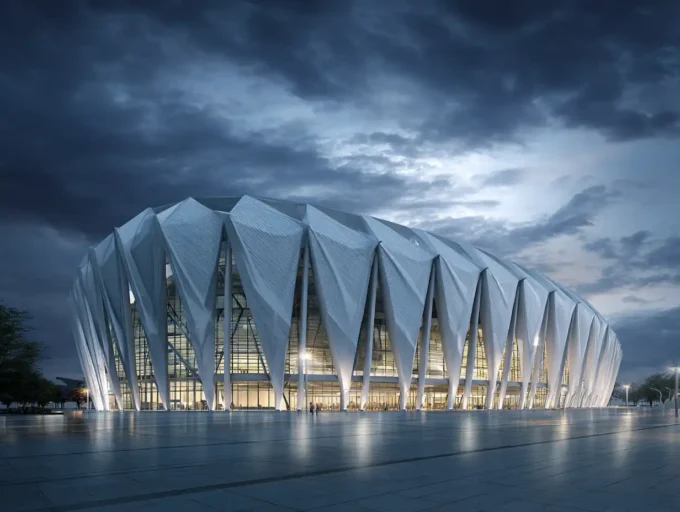



Leave a comment